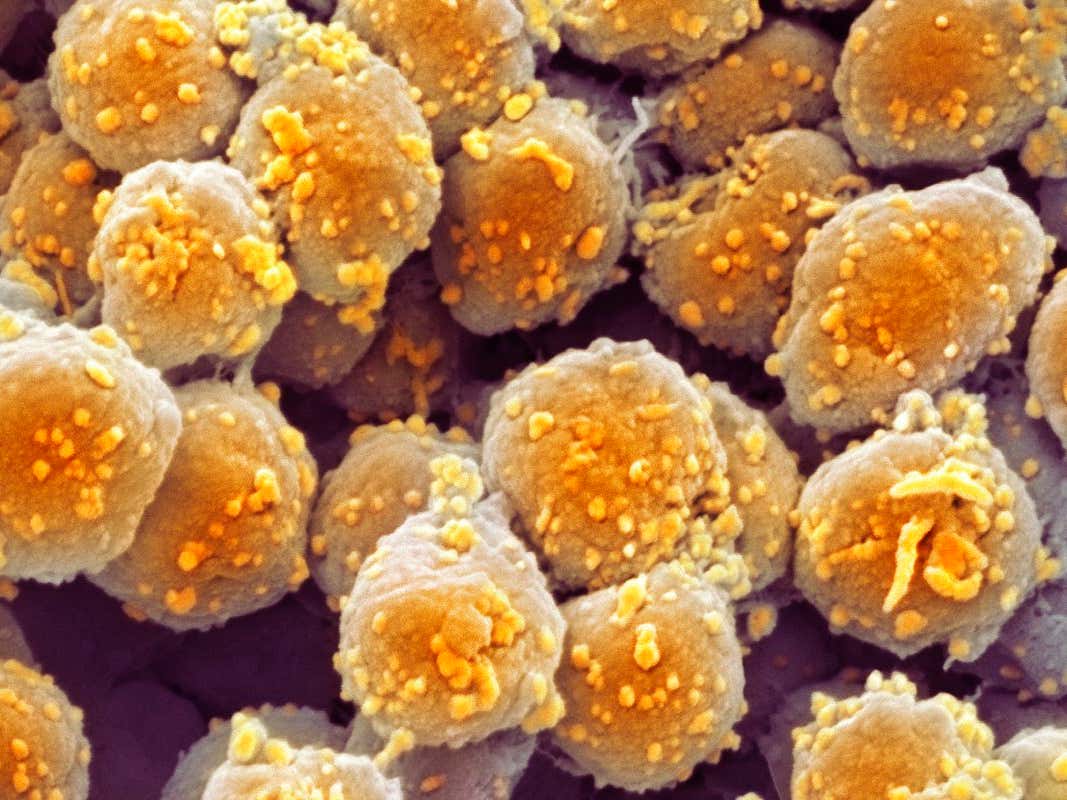
Deep Ocean Microbes Can Make Oxygen Without The Sun.
Share
Life on Earth depends on oxygen, and sunlight is what produces that oxygen. But researchers found a common, ocean-dwelling bacteria that broke all the rules.
Nitrosopumilus maritimus and several of its cousins, called ammonia-oxidising archaea (AOA), have been found to be able to survive in dark, oxygen-depleted environments by producing oxygen on their own. The way they do it is via a biological process that's never been seen before.
Although it's known that these microbes can live in oxygen-poor environments, we don't know what they do there - and how they stay alive. That's why this study was done.
"These guys are really abundant in the oceans, where they play an important role in the nitrogen cycle," says microbiologist Beate Kraft, from the University of Southern Denmark.
"For this they need oxygen, so it has been a long-standing puzzle why they are also very abundant in waters where there is no oxygen. We thought, do they just hang out there with no function? Are they some kind of ghost cells?"
Every fifth cell in a bucket of seawater will be one of these organisms - that's how common they are. In this case, the researchers removed the microbes from their natural habitat and moved them to the lab to take a closer look at what would happen when all the available oxygen was gone, and there was no sunlight to produce new oxygen. The same scenario happens when N. maritimus moves from oxygen-rich to oxygen-depleted waters.
What they found was something unexpected: the microorganisms produced their own oxygen to create nitrite, with nitrogen gas (dinitrogen) as a by-product.
"We saw how they used up all the oxygen in the water, and then to our surprise, within minutes, oxygen levels started increasing again," says geobiologist Don Canfield, from the University of Southern Denmark. "That was very exciting."
Currently, the researchers aren't sure how the microbes do this, and the amount of oxygen produced appears to be relatively small (just enough for them to survive), but it does seem different from the oxygen production without sunlight that we already know about.
What the new pathway does show is that the oxygen production from N. maritimus gets linked to its production of gaseous nitrogen. In an oxygen-depleted environment, the microbes are converting ammonia (NH3) into nitrite (NO2-) for energy.
Consequently, they must create their own oxygen, which the team detected along with traces of nitrogen gas (N2).
A new wrinkle in the nitrogen cycle, which supports all ecosystems, comes from this process of removing bioavailable nitrogen from the environment. The findings may have far-reaching consequences, and that needs to be looked into more.
"If this lifestyle is widespread in the oceans, it certainly forces us to rethink our current understanding of the marine nitrogen cycle," says Kraft.
"My next step is to investigate the phenomenon we saw in our lab cultures in oxygen-depleted waters in various ocean spots around the world."




